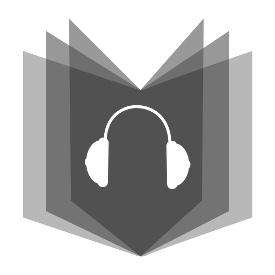
Introduction to Kalachakra
Ven. Geshe Ngawang Dakpa
Kalachakra Introduction Kalachakra means Time-Wheel, as "Kala" is Sanskrit for Time and "Cakra" (or Chakra) is Wheel in Sanskrit. One could also translate it as Time-Cycles. Much in this tradition revolves around the concept of time and cycles: from the cycles of the planets, to the cycles of our breath and the practice of controlling the most subtle energies within one's body on the path to enlightenment. The Kalachakra deity represents omniscience, as everything is under the influence of time, he is time and therefore knows all. Similarly, the wheel is beginningless and endless. Among the four main Tibetan schools, the Kalachakra practice appears most prominent in the Gelug tradition, although the practice is found in all four schools. The Dalai Lamas have had specific interest in the Kalachakra practice, specifically the First, Second, Seventh, Eighth, and the current Fourteenth Dalai Lama. In Tibet, the Kalachakra astrological system forms one of the main building blocks to compose astrological calendars . The astrology in the Kalachakra is not unlike the Western system, where for example, complicated calculations are required to determine e.g. the exact location of the planets. Very often, the phrase 'as it is outside, so it is within the body' can be found in the Kalachakratantra to emphasize similarities between ourselves and the cosmos; the basis for astrology, but also for even more profound connections and interdependence as taught in the Kalachakra literature.
Chapters
2:53:07
